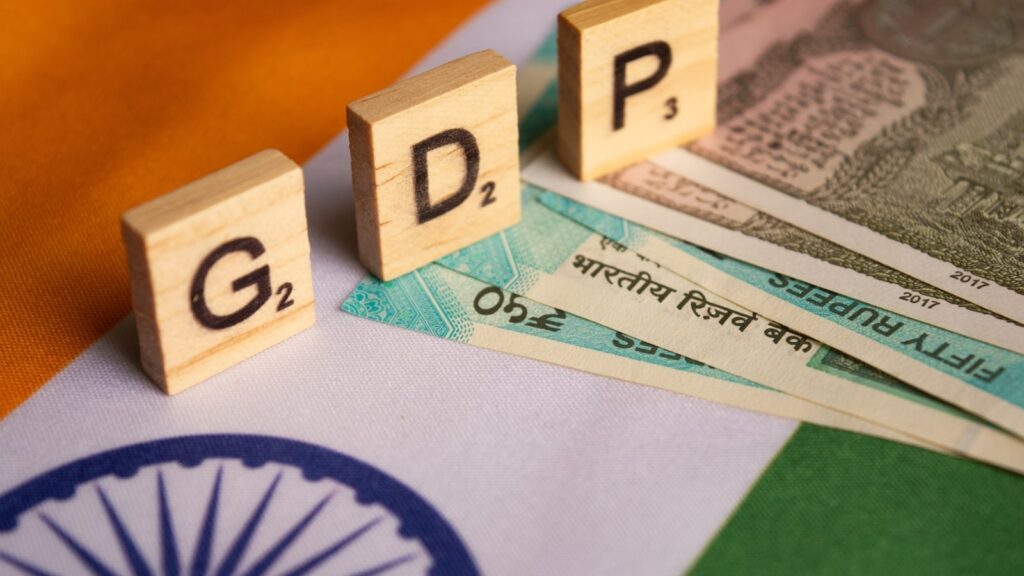The better-than-expected 7.6% growth in the quarter ending September 2023 means that India’s GDP growth in the first half of 2023-24 now stands at 7.7%. Even if there are no positive surprises in the second half of the fiscal year — most analysts believe there will likely be none — full year growth for 2023-24 is likely to end up higher than the Reserve Bank of India’s October projection of 6.5%, adding to India’s lead over other major economies in the world in terms of GDP growth. Beyond this obvious but important point, what is the larger import of the GDP numbers released on Thursday? Any such analysis must be done keeping in mind the fact that these are the last set of GDP numbers before the presentation of the Interim Budget on February 1, which will lay out the Modi government’s economic plan for the 2024 polls.
Even if the economy does slow down in the second half of the fiscal year in keeping with projections by RBI and independent research firms, the overall economic momentum will still be healthy. This is good news for the government and the Bharatiya Janata Party (BJP). The government will be more confident in continuing its fiscal consolidation plan even if it means temporarily slowing down on the capex front to make space for election-related fiscal spending. It is also good news for equity and bond markets. The not-so-good news is on the monetary policy front. Given current growth numbers, RBI’s Monetary Policy Committee (MPC) is unlikely to be perturbed about growth in its December or February meetings, ruling out any interest rate cuts before the general elections. This will pinch middle-class voters who have seen a significant increase in mortgage payments over the last year and a half. To be sure, things could have been much worse had geopolitical factors such as the ongoing conflict in West Asia led to a significant increase in crude oil prices.
Does this mean that there are no medium- to long-term challenges for the Indian economy? Not really. GDP data shows that private consumption continues to remain weak and it is government spending, especially in capex that is still driving economic momentum. The private investment engine is still stuttering. Concerns about rural demand, especially given the uncertainties about the impact of El Nino on the summer and winter crops, remain and can upset the government’s fiscal and RBI’s inflation math even in the run-up to the elections. As far as supply-side concerns around food output and prices are concerned, experience shows that the Modi government has handled these challenges pretty well over the course of its nine-and-a-half years in office. On the question of mass income and demand, the government’s narrative is likely to be that things could have been much worse had it not been in charge and that it should therefore be given a new mandate to ensure the economy remains in good hands.
Will this narrative have political traction? Markets seem to be buying it given the jump in equity markets a day after GDP and exit poll numbers — they do not look very bad for the BJP — were announced. As far as voters are concerned, we will know the answer on December 3 when the results for five state elections are announced. In case the BJP does not do very well, as was the case in 2018, we can expect a fiscal splurge along the lines of the 2019 interim budget.
Continue reading with HT Premium Subscription
Daily E Paper I Premium Articles I Brunch E Magazine I Daily Infographics


